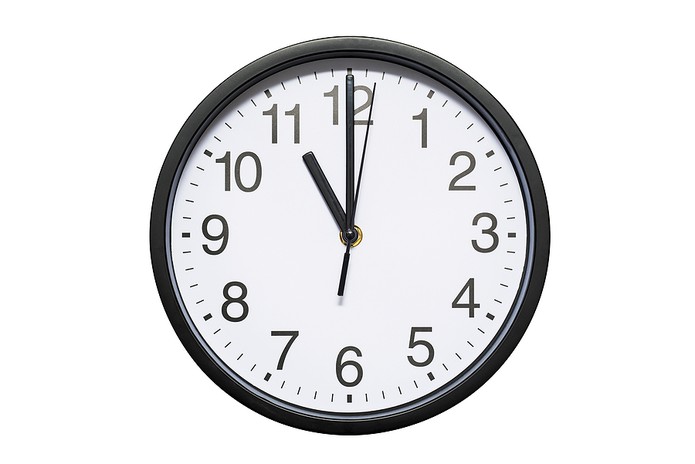 When the final of the World Test Championship took place in the early summer of 2023, it appeared as though cricket’s organisers had finally broken with tradition.
When the final of the World Test Championship took place in the early summer of 2023, it appeared as though cricket’s organisers had finally broken with tradition.
In addition to the standard five days of action, officials revealed that a reserve day would be used to complete the game if rain affected the contest.
Thankfully it didn’t and Australia defeated India within the five-day window, but it was interesting to see that the ICC had introduced a reserve day in a bid to get a result.
So why don’t all cricket test matches have a reserve day when a large slice of the action is lost to adverse weather? It’s a question England supporters are asking after Australia retained the Ashes following a near washout at Old Trafford in the fourth test of the 2023 series….
Why Don’t Cricket Matches Take Place in the Rain?

Into the fourth day of the penultimate Ashes test, England needed to take five more wickets to claim a series-levelling win while Australia needed 61 more runs just to make Ben Stokes’ men bat again.
Without the intervention of the rain, it seems almost inevitable that England would have won the game and set up a fantastic finale at The Oval with the Ashes in the balance.
Instead, it rained for much of the fourth day’s afternoon before the fifth day was a complete washout – ending the contest feebly as a draw and allowing the Aussies to retain the Ashes.
It led many – perhaps sour grapes, perhaps a valid point – to question why test matches don’t have a reserve day when the final of the World Test Championship did.
The answer, quite simply, is tradition. Test matches last five days, with set start and end times as well as a lunch and tea break scheduled in. Although these can be moved somewhat to maximise playing time, they cannot be cancelled entirely.
It’s like asking why don’t football matches last indefinitely until a winning goal is scored? The draw is as part of test cricket as it is football, and while the latter sport has introduced extra time and penalties to decide knockout games, in league competition the draw is still a viable result….as it has been for more than a century in cricket, too.
Even Stokes himself was pragmatic about the issue.
“Test cricket is five days. I don’t ever see there being a reserve day in a series like this,” he said.
“This is the way it’s always been.”
So here’s another question: why does rain stop play in cricket?
The answer is to protect the welfare of the players. Fast bowlers, typically tall and well-built individuals charge in and deliver the ball at speeds of up to 95mph – with a slippery, wet ball, that would be very dangerous if said delivery heads towards the batter as a ‘beamer’….especially if the rain brings poor visibility.
A bowler could also slip or roll their ankle while running in, as could the batters when running between the wicket, while fielders would have an also impossible task of trying to catch a wet ball if the rain is swirling around – their safety too could be compromised.
Unfortunately, rain has stopped play at the cricket for decades….and it will continue to do so until stadia are built with roofs on – an outcome that may never become a reality.
Why Don’t Cricket Test Matches Start Earlier in the Day?

In England, test matches have a rigid start time of 11am.
But given that the sun rises as early as 5am in the summer months, isn’t it plausible that games could actually start earlier?
That way, extra time could be added to test matches in the evenings to make up for that lost by rain, while the current spectre of test cricket – slow over rates – would also be negated.
An early start would also help to combat bad light – a situation that usually manifests itself later in the day and which changes the nature of cricket, with fast bowlers barred from taking the ball, entirely.
There is no reason why the 11am start time is set in stone, although it’s thought that an earlier ‘kick off’ would make it more difficult for fans travelling in via public transport to get into their seat in time if the start was moved to 10am, for example.
But the idea has been discussed before, so it might be a case of watching this space.
Why Don’t Cricket Test Matches Finish Later in the Day?

If the full allocation of overs hasn’t been bowled in a day’s play, the normal finish time of 6pm can be extended to 6:30pm, although the action will rarely continue past then – at which point, those overs are lost from the game.
It seems foolhardy given that sunset in the UK can be into the late evening during the summer, but again cricket’s traditionalists decree that test matches cannot go beyond the 6:30pm curfew.
“It doesn’t get dark here in England until 10pm in the summer, why can’t we just play until we bowl the overs?” former England captain Joe Root wondered aloud.
“At every opportunity at every stage, you should be looking to find ways to get the test on.”
England have previously hosted a day/night test against the West Indies that went on until 9pm, with floodlights used where necessary. And while having the lights on can change the nature of the game, it will may well be that this is the future of test cricket if rain and slow over rates continue to dog the oldest format of the sport.